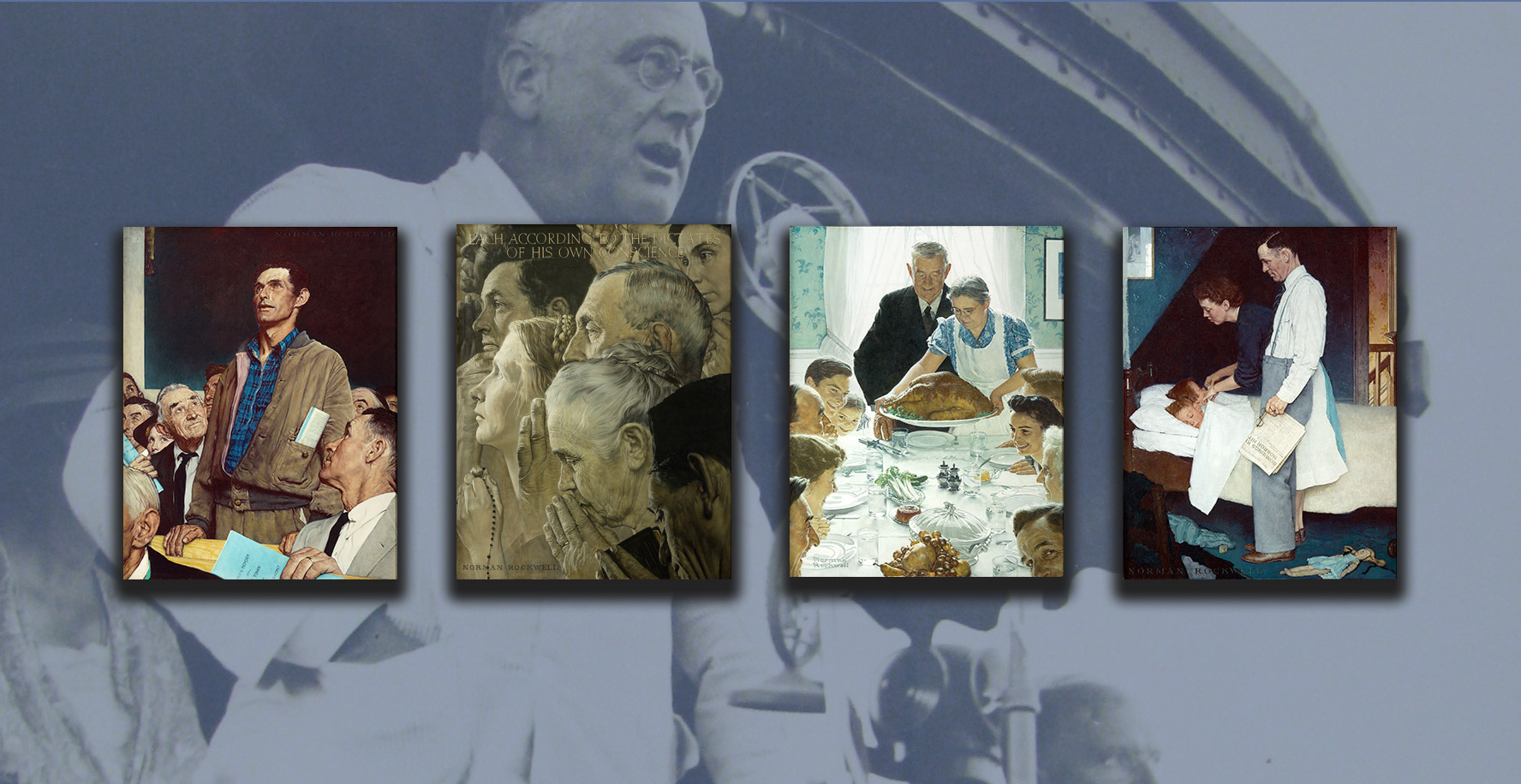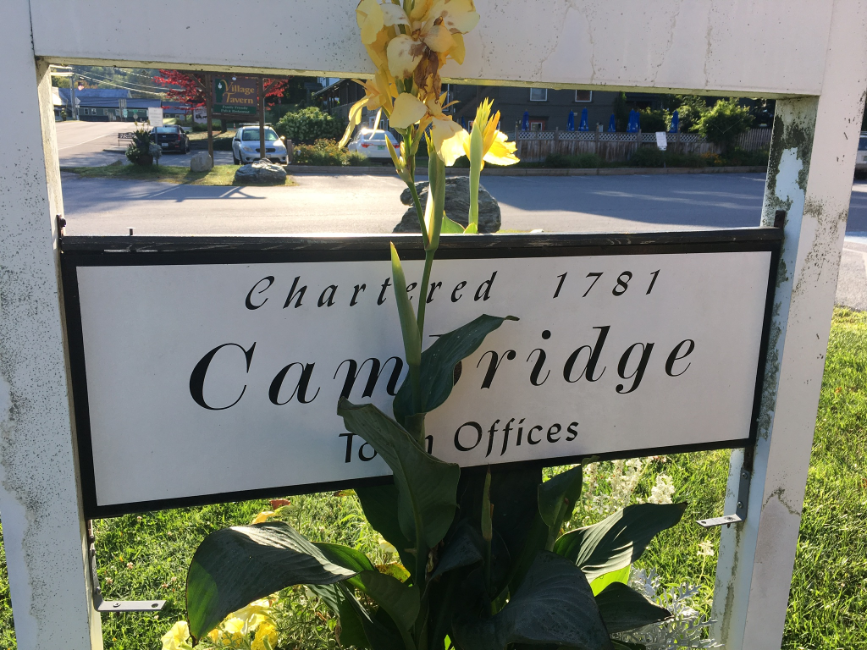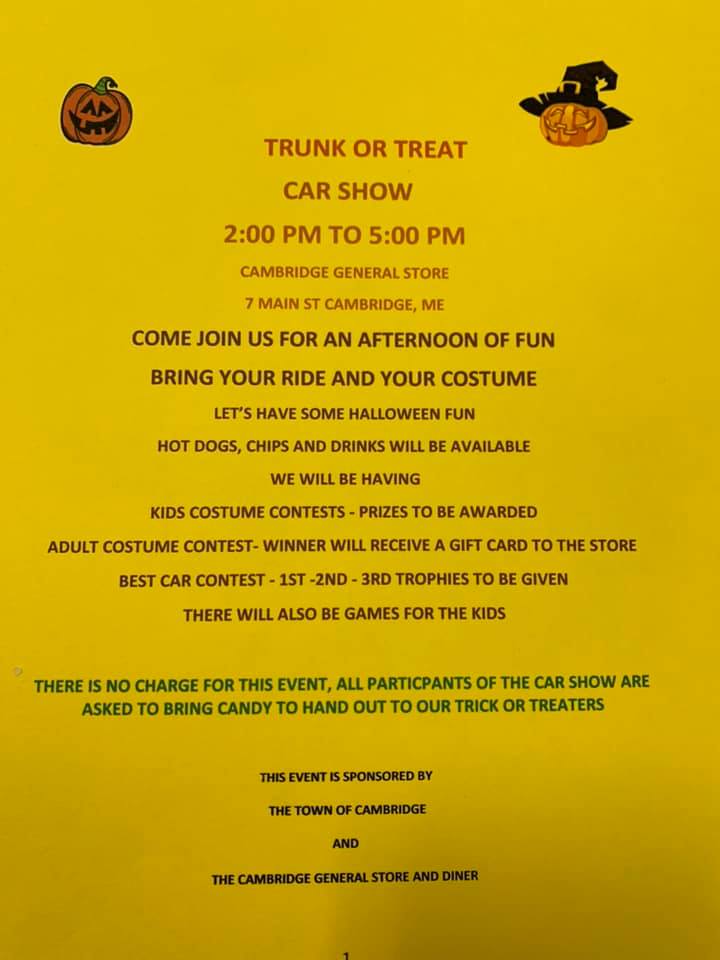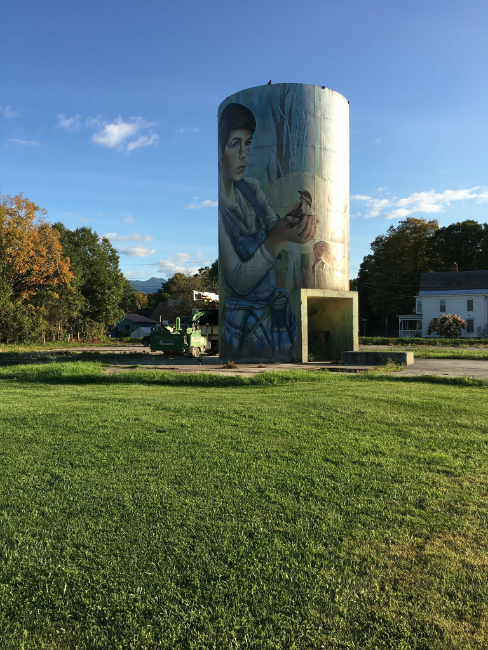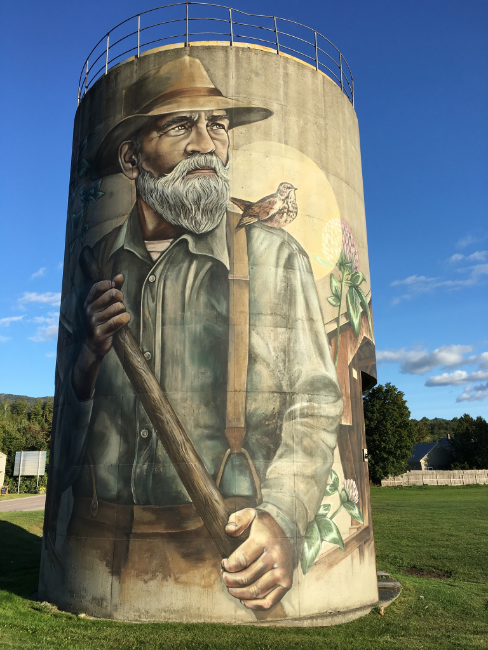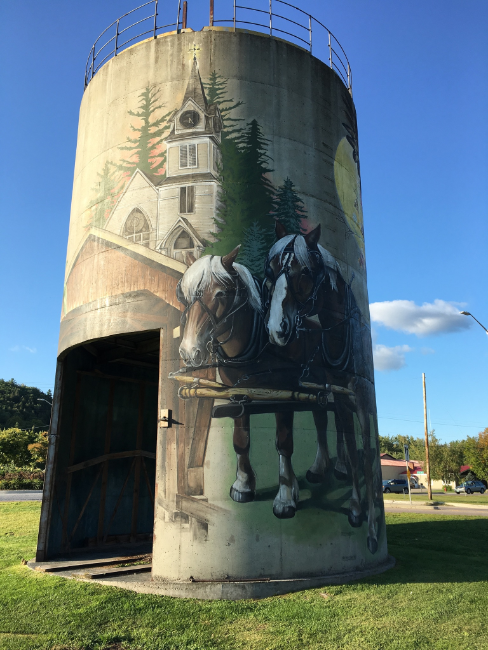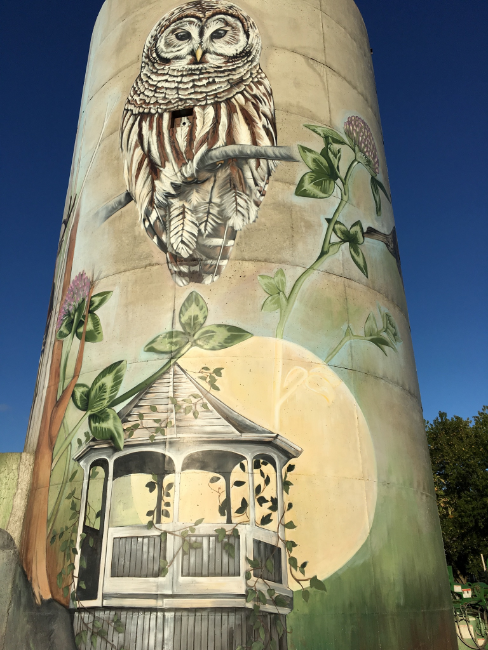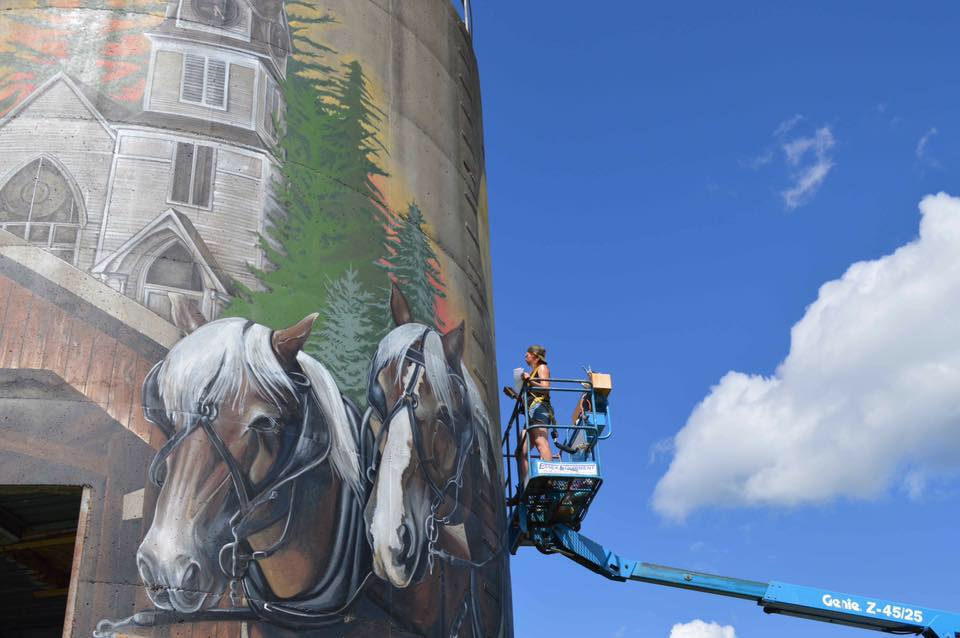Not having time (or cooperative weather) to travel right now gives me a chance to think about themes that have come up as I’ve visited Cambridges, as well as about my own. A few weeks back — after Election Day but before Thanksgiving — I sat down in a coffee shop with Marc Levy, the founder and publisher of Cambridge Day, an online newspaper that covers government and beyond in Cambridge.
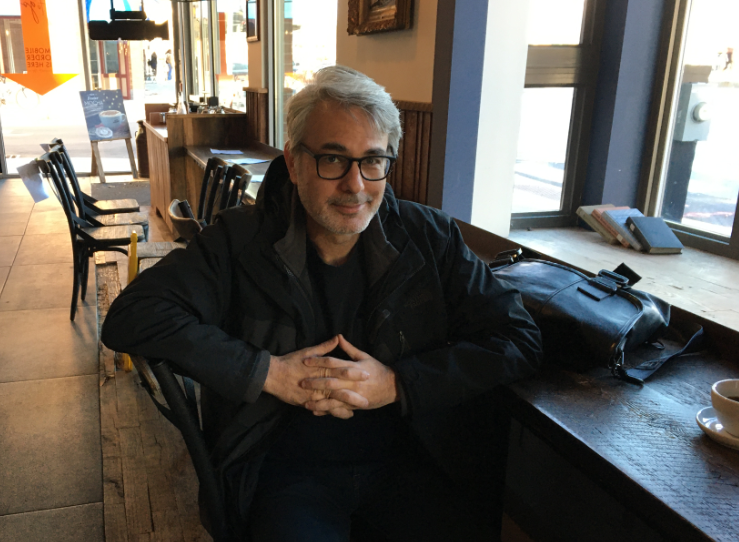 I was interested in talking to Marc in the context of building community. Increasingly, Cantabridgians have embraced Cambridge Day as our local newspaper. I once even noticed a reference to it as our only newspaper, which regardless of what one thinks about the Cambridge Chronicle, is not true. I assumed that the opportunity to build community was an aspect of Marc’s motivation to create Cambridge Day, though, I learned, it may be only a small part of the story.
I was interested in talking to Marc in the context of building community. Increasingly, Cantabridgians have embraced Cambridge Day as our local newspaper. I once even noticed a reference to it as our only newspaper, which regardless of what one thinks about the Cambridge Chronicle, is not true. I assumed that the opportunity to build community was an aspect of Marc’s motivation to create Cambridge Day, though, I learned, it may be only a small part of the story.
Marc started Cambridge Day (CD) in 2005 with a print edition and had registered a web address, which he kept even during a several-year hiatus before he restarted CD online in 2009. The archives go back to 2005 and beyond, including some previous content Marc wrote for a blog. The site includes a detailed description of CD:
“Cambridge is in large part politically progressive; embracing of science and reason; and welcoming – and protective – of the diversity of humanity, and Cambridge Day tends to reflects the mores of its community. Its writing may represent context and analysis of a situation based on fact-based reporting. A separate section is set aside for (also fact-based) expression of opinion, and all voices are welcome in its pages.”
Marc told me that he has worked as a journalist, most recently as executive editor for a group of newspapers in central Connecticut, where online news was an afterthought, but he was “surfing a wave of layoffs, buyouts, and shutdowns,” while “the newspaper industry has suffered.” When that job ended, he decided to come back to Cambridge, where he has a day job, to look into online news and “see if there were better ways to do it.” Sharing news online seemed to him to be a solution to “news deserts,” and CD would be a “learning laboratory.”
Marc describes CD as “a form of civic engagement for me and a way to have a seat at the table, which everyone who is civically engaged wants. You get to ask questions and transmit that in a way that other people can see.” He continued, “It’s a way to know your community and a way to be involved.”
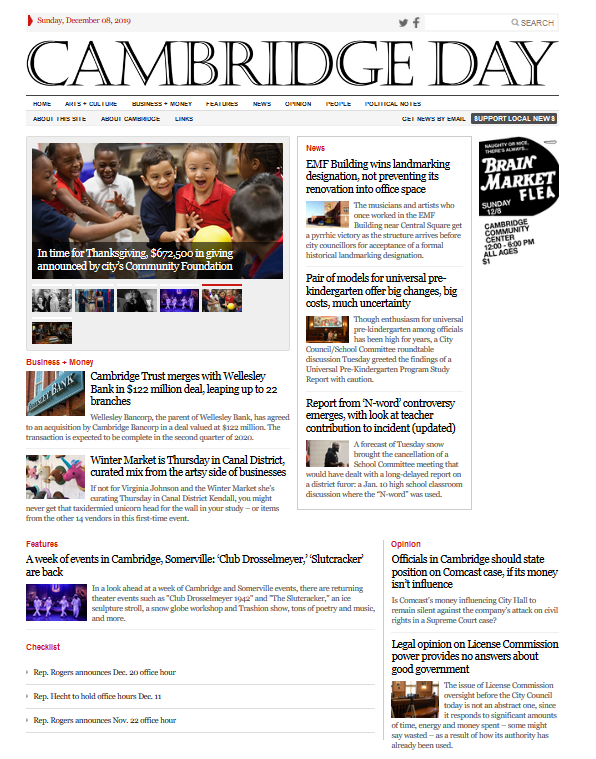 Even as I see growing dependence on Cambridge Day as our local news source, Marc says that “it’s difficult to assess the day-to-day value, despite the analytics [on the site], because of the nature of civic engagement,” where income isn’t the sole metric of success. And yet, there’s a small community of folks who want to write for Cambridge Day, and he sees CD’s archives as an ongoing contribution. “There’s a lot of information there that no one is paying attention to now, but that someday may be important.” Marc also appreciates the opportunity of “leveraging the resources of Cambridge Day to try to nudge things. I can ask questions,” that prompt further conversation among city leaders and members of the community.
Even as I see growing dependence on Cambridge Day as our local news source, Marc says that “it’s difficult to assess the day-to-day value, despite the analytics [on the site], because of the nature of civic engagement,” where income isn’t the sole metric of success. And yet, there’s a small community of folks who want to write for Cambridge Day, and he sees CD’s archives as an ongoing contribution. “There’s a lot of information there that no one is paying attention to now, but that someday may be important.” Marc also appreciates the opportunity of “leveraging the resources of Cambridge Day to try to nudge things. I can ask questions,” that prompt further conversation among city leaders and members of the community.
In addition, Marc said Cambridge Day “can provide community in a more abstract sense. We haven’t done much ‘solutions journalism,’ but having news is good…For a place that’s transient and where people dip in and out of the news, the virtue I can point to is that there’s context,” within the website. He continued, “If you read the site enough, you’ll see a throughline — that we need to stop treating our neighbors as our enemies and we need to have a government that will guide us through a peaceful evolution,” which he said he believes will require city charter reform.
Having established Marc’s motivations for starting Cambridge Day, I asked him about our shared city. He takes a nuanced view of Cambridge, as one would expect from a journalist/resident. For example, when I asked what he sees as going well here, he turned pretty quickly to concerns, including housing, green space and the tree canopy, and the arts, and said that “When it feels like a crisis, that’s when people start doing something.” With regard to housing, for example, rent control was voted out in 1994 and “We could have started taking action then.”
Marc also points out that Harvard has announced that it will be moving the American Repertory Theater to Allston, taking millions of dollars in local business with it, but the city has not responded as forcefully as he would expect. He said, “Less reason to come to Cambridge for an arts community means people won’t think of it as an arts community.” In some ways, he notes, “Cambridge is reactive,” even while the technology sector in Kendall Square is innovative.
The city takes a “happiness survey every two years,” he said, “but there’s a different crowd every two years. The survey could show that Cambridge is on some kind of right track, but actually it shows that the people now like Cambridge now.” Still, he noted that he always “knew there were bad things going on in the world, and at times my heart broke at how blessed our existence is here. There are ways in which that will go on in Cambridge forever, but a lot of people would ask ‘for whom,’ and that’s going to be largely for people who move here to take a job at Harvard or in Kendall Square.”
Despite the forum it creates for civic engagement, Marc worries about the future for Cambridge Day. There’s no money in it now and he thought it would have become more of a collaborative site by this time. He’s not overloading the site with ads, though a new weekly newsletter might provide a setting for them and there’s already a link on the site to “Support Local News.” But whatever funds have come in have gone back out to developers to improve the website and for memberships to the AP and other news sources, as well as some small payments to writers.
Marc is optimistic that “2020 is the year that everything starts to click,” including the newsletter, text alerts, and even (retro) print. “There is always a light just ahead and I keep following it.” But he also cautions that Cambridge Day will “have a horizon to it” and will need to “evolve or die.” Or, as the CD site says, “This site is a work in progress.”
How would you describe Cambridge?
“Cambridge is like America — a paradise up until the second that things go terribly wrong. I chose this place. I wanted a place that was small but exciting, a place where MIT was building our future and where the social discourse was being made by Harvard. It’s a place that people come to to engage in ideas and build things.
As an environment, this is a very fun fancy place to live. I still get occasional blissed out moments.”
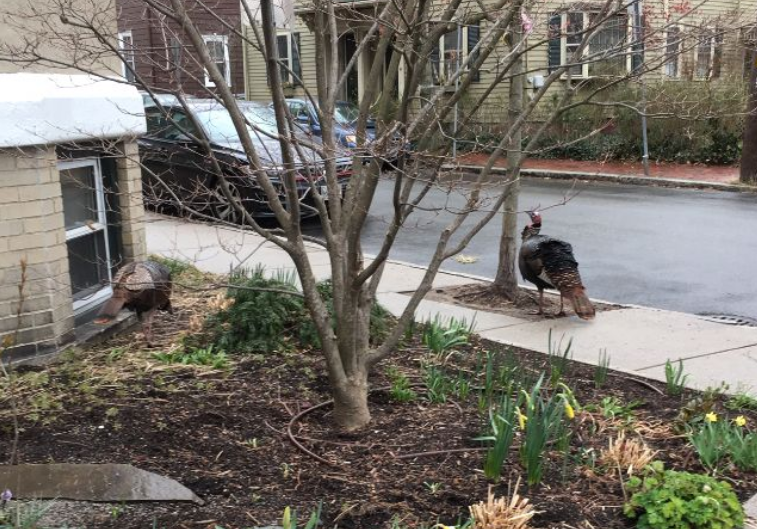 On a cloudy or cold day, the sidewalks are nearly empty and the birds take over. I’ve found it strangely comforting to see
On a cloudy or cold day, the sidewalks are nearly empty and the birds take over. I’ve found it strangely comforting to see 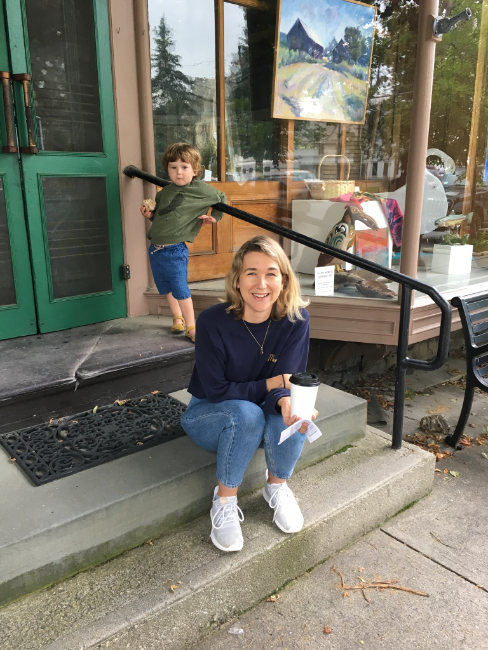
 I was interested in talking to Marc in the context of building community. Increasingly, Cantabridgians have embraced Cambridge Day as our local newspaper. I once even noticed a reference to it as our only newspaper, which regardless of what one thinks about the
I was interested in talking to Marc in the context of building community. Increasingly, Cantabridgians have embraced Cambridge Day as our local newspaper. I once even noticed a reference to it as our only newspaper, which regardless of what one thinks about the  Even as I see growing dependence on Cambridge Day as our local news source, Marc says that “it’s difficult to assess the day-to-day value, despite the analytics [on the site], because of the nature of civic engagement,” where income isn’t the sole metric of success. And yet, there’s a small community of folks who want to write for Cambridge Day, and he sees CD’s archives as an ongoing contribution. “There’s a lot of information there that no one is paying attention to now, but that someday may be important.” Marc also appreciates the opportunity of “leveraging the resources of Cambridge Day to try to nudge things. I can ask questions,” that prompt further conversation among city leaders and members of the community.
Even as I see growing dependence on Cambridge Day as our local news source, Marc says that “it’s difficult to assess the day-to-day value, despite the analytics [on the site], because of the nature of civic engagement,” where income isn’t the sole metric of success. And yet, there’s a small community of folks who want to write for Cambridge Day, and he sees CD’s archives as an ongoing contribution. “There’s a lot of information there that no one is paying attention to now, but that someday may be important.” Marc also appreciates the opportunity of “leveraging the resources of Cambridge Day to try to nudge things. I can ask questions,” that prompt further conversation among city leaders and members of the community. Imagining that someone who just started a new enterprise would be busy, I wasn’t sure we’d find a good time to talk by phone. But with relatively little fuss, on a recent afternoon, I was chatting with Nathan DiMeo, who started the brewery and restaurant, which he said is “Doing a really good business. This will be the fifth weekend coming. We’ve got the wood fired pizza, our own homemade beer, and live glass blowing.”
Imagining that someone who just started a new enterprise would be busy, I wasn’t sure we’d find a good time to talk by phone. But with relatively little fuss, on a recent afternoon, I was chatting with Nathan DiMeo, who started the brewery and restaurant, which he said is “Doing a really good business. This will be the fifth weekend coming. We’ve got the wood fired pizza, our own homemade beer, and live glass blowing.” Regarding his motivation for starting the restaurant and brewery, Nathan said, “Our whole goal was to bring a little bit of city vibe, Portland vibe, but keep it country. We love artwork so we have spray painting around the walls, the glass blowing, the live music, a comedian coming on Saturday. We’re trying to do something different, not the same thing that’s always here.”
Regarding his motivation for starting the restaurant and brewery, Nathan said, “Our whole goal was to bring a little bit of city vibe, Portland vibe, but keep it country. We love artwork so we have spray painting around the walls, the glass blowing, the live music, a comedian coming on Saturday. We’re trying to do something different, not the same thing that’s always here.”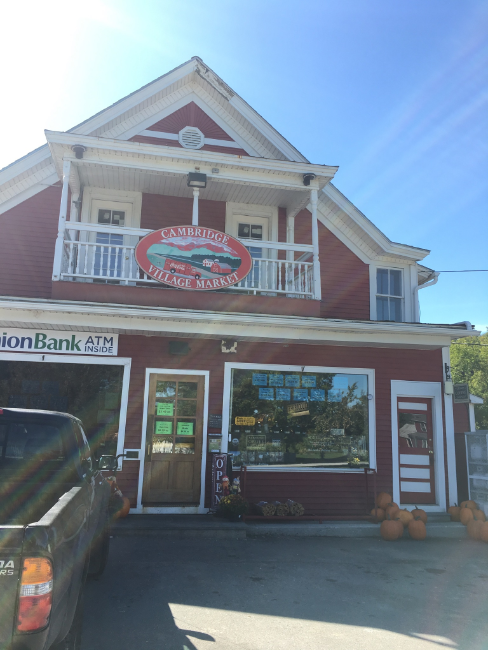 With that, my destination was set. I was heading for the
With that, my destination was set. I was heading for the 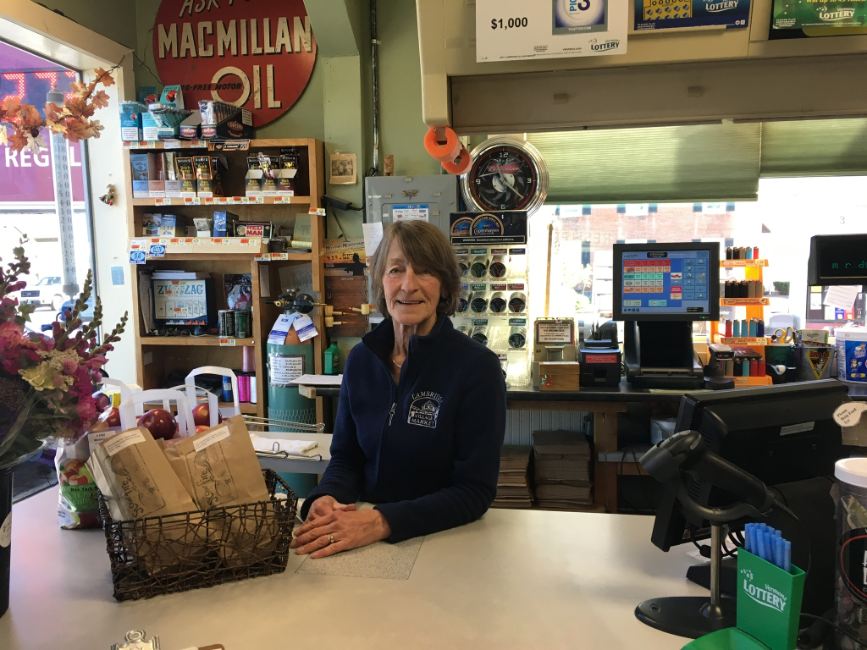 Mary told me that she has traveled all over, but “this has been home and always will be home.” Her mother’s family also comes from the area, though her father’s family moved south from Newfoundland.
Mary told me that she has traveled all over, but “this has been home and always will be home.” Her mother’s family also comes from the area, though her father’s family moved south from Newfoundland.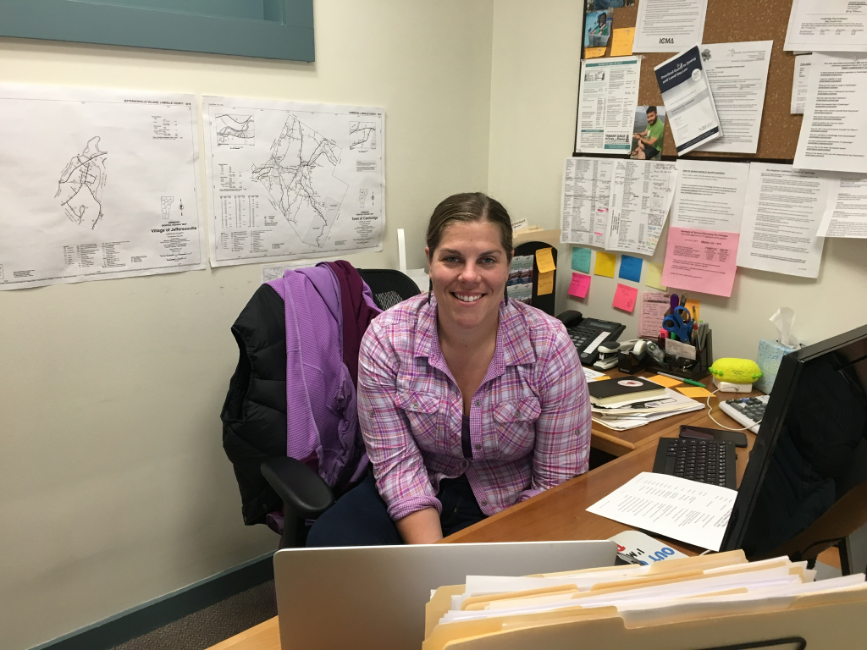 To me, it’s a unique mix — and maybe by unique, I mean the actual ratio — of traditionalists and people who are forward thinking. And maybe that’s the magic ratio. They’re all passionate about their beliefs but also share that common goal of a high standard and quality of living that’s equal for all. What that means to them is different for different people, for sure, but somehow it merges into a good median of what needs to happen to keep Cambridge sustainable and keep it growing, with moderate growth being key there.
To me, it’s a unique mix — and maybe by unique, I mean the actual ratio — of traditionalists and people who are forward thinking. And maybe that’s the magic ratio. They’re all passionate about their beliefs but also share that common goal of a high standard and quality of living that’s equal for all. What that means to them is different for different people, for sure, but somehow it merges into a good median of what needs to happen to keep Cambridge sustainable and keep it growing, with moderate growth being key there.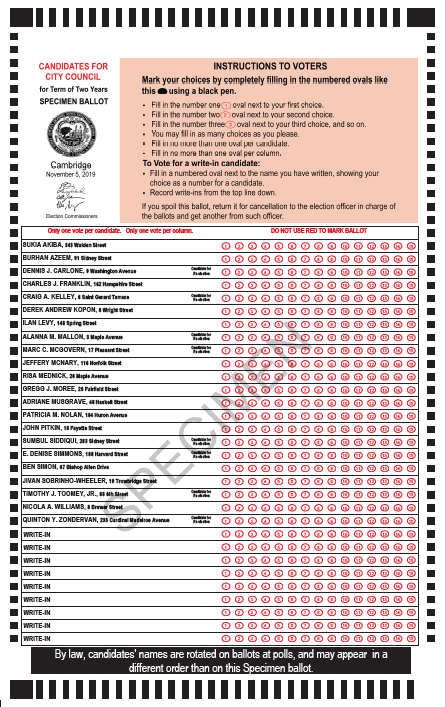 We, the residents of Cambridge, MA, also use ranked choice voting in our municipal elections, and we’re gearing up to vote on Tuesday for City Council and School Committee. There are six at-large School Committee seats, and
We, the residents of Cambridge, MA, also use ranked choice voting in our municipal elections, and we’re gearing up to vote on Tuesday for City Council and School Committee. There are six at-large School Committee seats, and 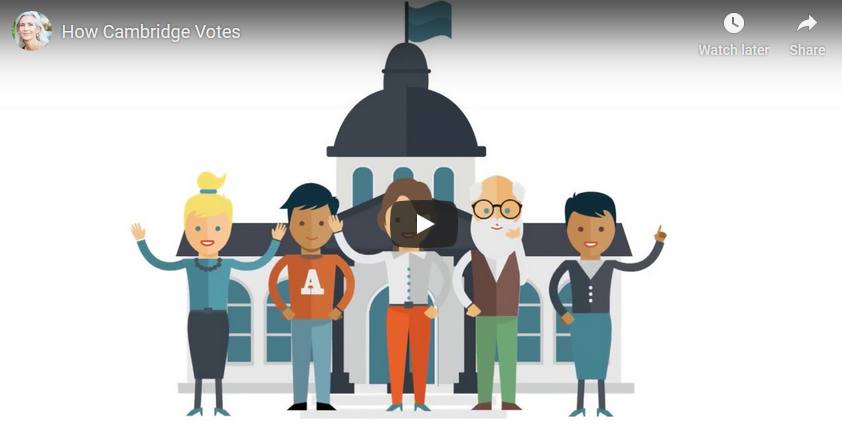
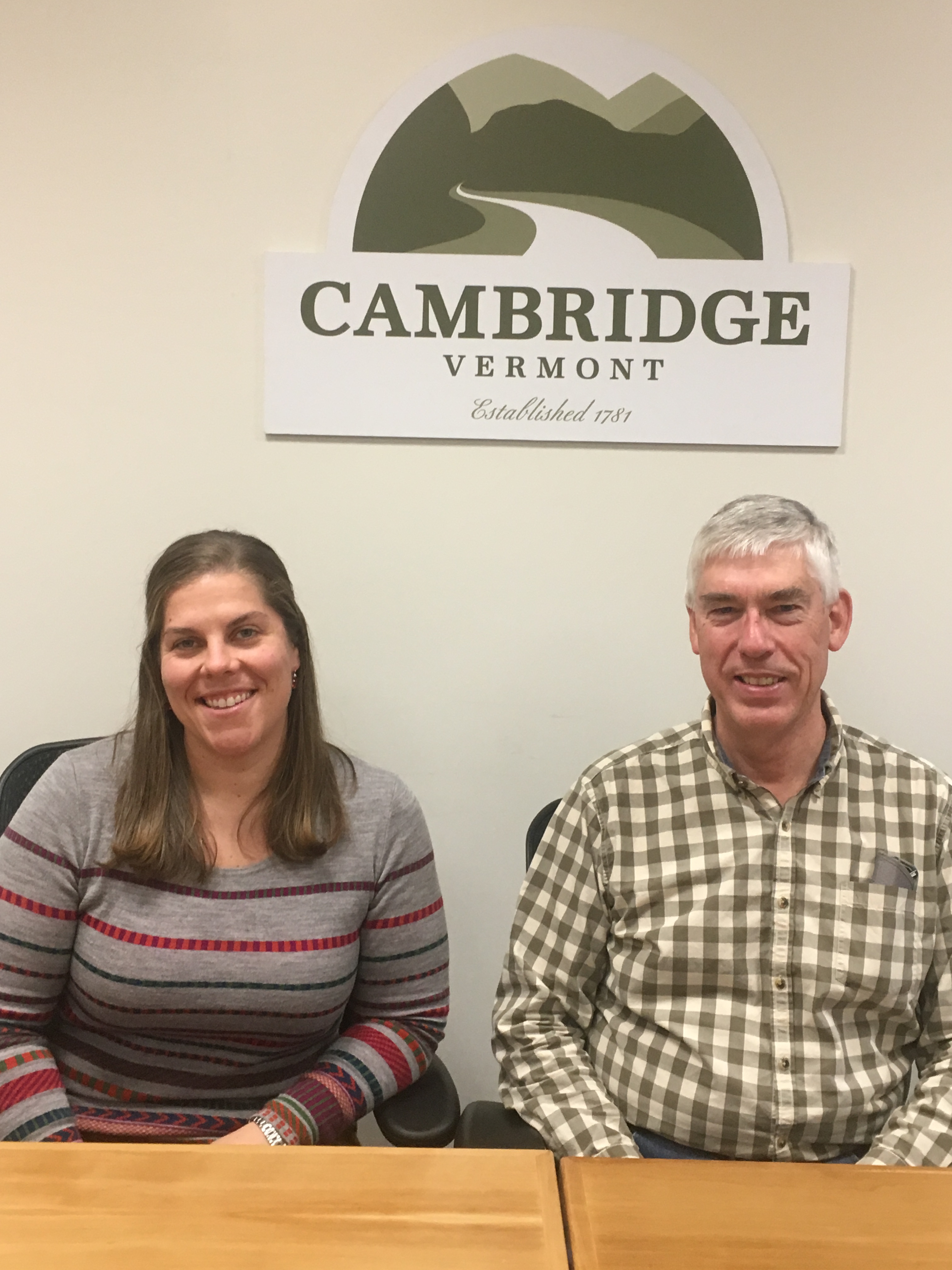 This post has been long in coming, which I regret since Marguerite Ladd, the administrator of the Town of Cambridge, and George Putnam, the selectboard chair, were incredibly generous with their time. Marguerite has been in her newly created position for about a year, coming from finance work in New York but with her roots in Vermont. George is a long-time Vermonter and has retired from a career with the farm credit system.
This post has been long in coming, which I regret since Marguerite Ladd, the administrator of the Town of Cambridge, and George Putnam, the selectboard chair, were incredibly generous with their time. Marguerite has been in her newly created position for about a year, coming from finance work in New York but with her roots in Vermont. George is a long-time Vermonter and has retired from a career with the farm credit system. 